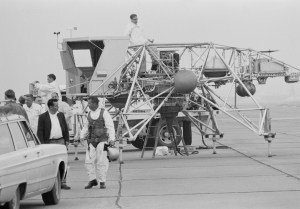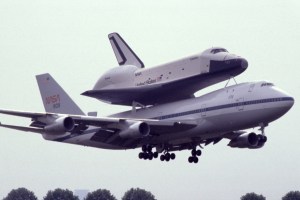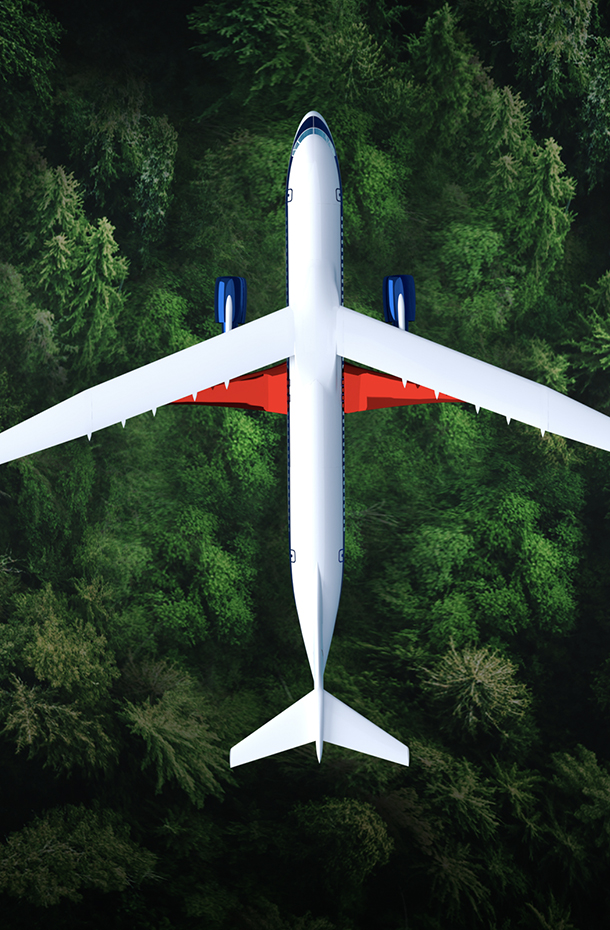Sixty years ago, A. Scott Crossfield, a talented young engineering research pilot for the National Advisory Committee for Aeronautics (NACA), became the first human to fly faster than twice the speed of sound in the Douglas D-558-II Skyrocket in the skies over Edwards Air Force Base.
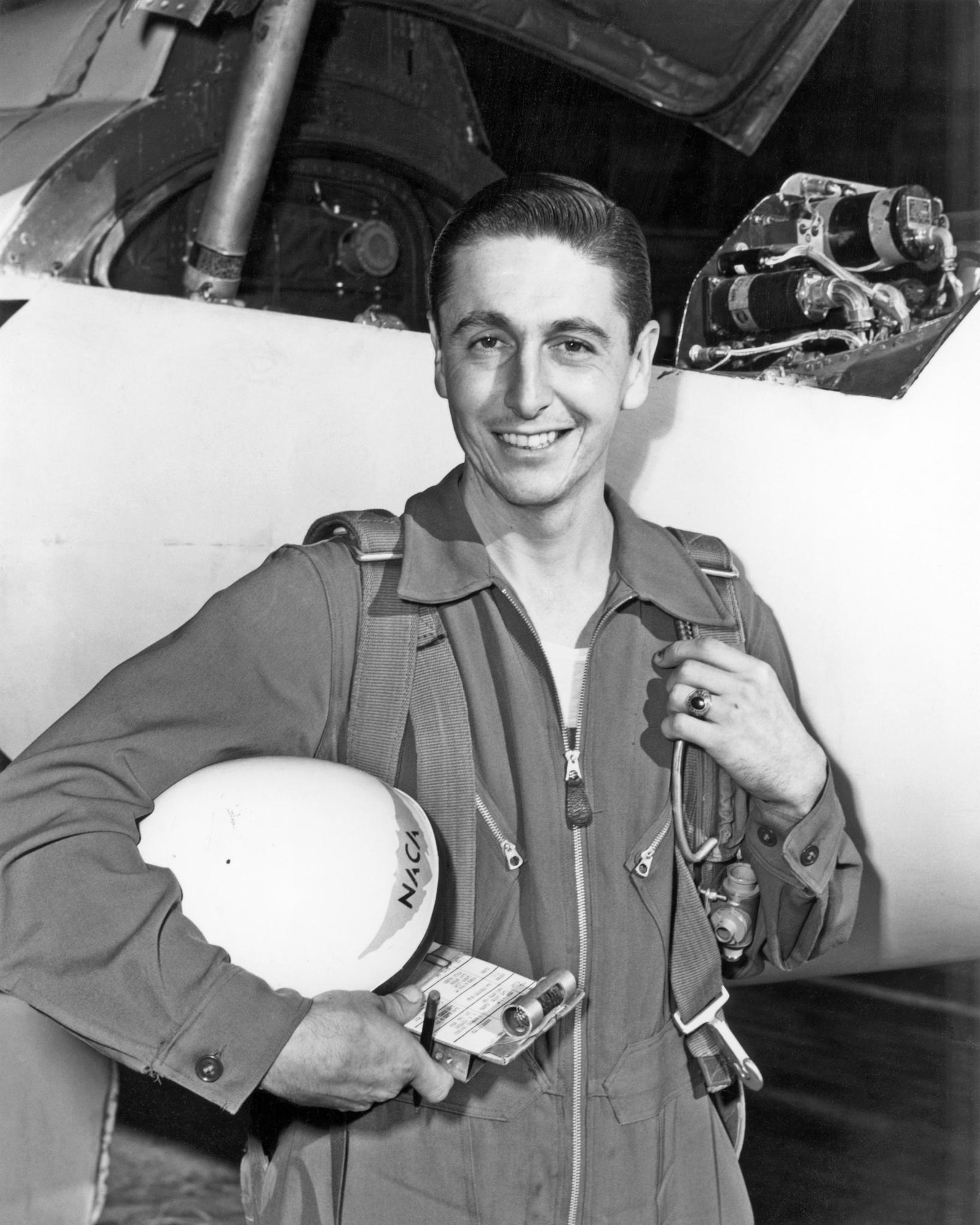
NASA’s Dryden Flight Research Center celebrated the 60th anniversary of the milestone Nov. 20 during colloquium presentations by Dr. Richard P. Hallion, a research associate in aeronautics for the Smithsonian National Air and Space Museum, former Edwards base historian and author of “On the Frontier,” NASA Dryden’s official history.
During his “Rocketing Through Mach 2” presentations at NASA Dryden and at Antelope Valley College in nearby Lancaster that evening, Hallion emphasized that the event’s purpose was threefold: to recognize Dryden as a center of excellence for aeronautics research; to pay tribute to a remarkable aircraft, the Douglas D-558-II Skyrocket; and to honor Crossfield, who flew the Skyrocket to a speed of Mach 2.005 – roughly 1,300 mph at 62,000 feet altitude – on Nov. 20, 1953.
The Skyrocket was one of several aircraft flown in the Rocket Airplane Research Program, a joint NACA, Air Force and Navy project established in 1944 to explore the problems of transonic and supersonic flight. Civilian participants included research scientists, engineers, pilots, mission planners, maintainers, and data-reduction specialists from the NACA High-Speed Flight Research Station, which later became today’s Dryden Flight Research Center. They tested innovative design concepts based on shapes known to be capable of exceeding the speed of sound.
“The initial designs for transonic research airplanes were very simple,” said Hallion. “Fuselage shapes were typically based on the .50 caliber bullet.”
Three Skyrockets – NACA No.143, 144, and 145 — were built and flown with various combinations of jet and rocket propulsion. When powered by a single 3,000-pound-thrust jet engine, the D-558-II required a takeoff roll as long as three miles unless augmented with auxiliary rocket thrusters. The airplane was later equipped with both the jet plus a 6,000-pound-thrust, four-chambered, liquid-fueled rocket engine, and some flights were flown solely under rocket power.
Researchers made the most of the Skyrocket’s limited fuel supply, extending flight duration by carrying the research airplane aloft beneath a specially modified B-29 bomber – re-designated P2B-1S by the Navy — and releasing it at altitudes of about 35,000 feet. Designed by Douglas Aircraft Company’s Ed Heinemann, the D-558-II had an Art Deco profile that made it, in Hallion’s opinion, “one of the most elegant research airplanes ever built.”
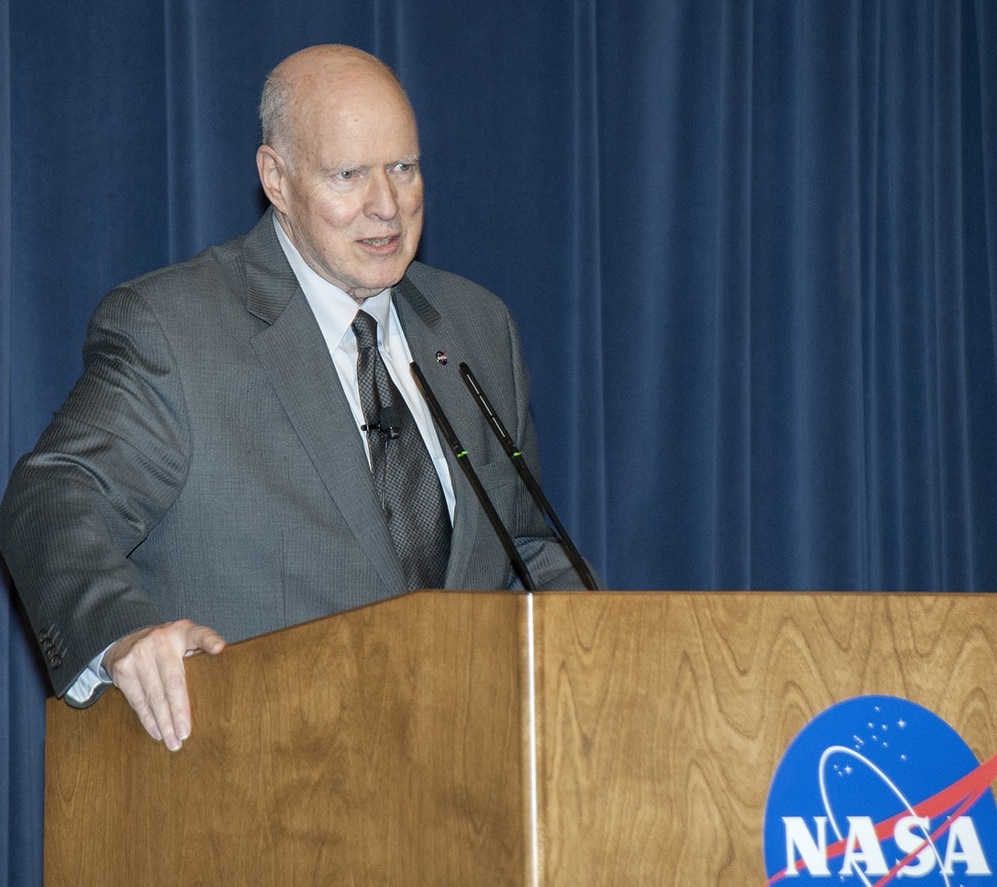
“If we look at the Skyrocket, we really see the genius of one of America’s great aircraft designers,” said Hallion. “This is an extremely streamlined, highly refined design.”
Although the Skyrocket was only designed to reach Mach 1.5, the NACA team was confident that it could reach Mach 2 under certain conditions. In preparation for the attempt, Skyrocket No. 144 was cleaned and polished to reduce drag, and the fuel was cold-soaked to minimize its volume and maximize the amount that could be stored in its tanks.
Following launch from the P2B-1S, Crossfield ignited the rocket motor and climbed to 72,000 feet altitude. He then nosed the Skyrocket over into a shallow dive and gradually accelerated, edging through Mach 2 at about 62,000 feet. After the engine’s fuel was expended the airplane slowed, easing back through the transonic region into a subsonic glide. Crossfield ended the 12-minute flight with a 360-degree roll followed by a smooth landing on Rogers Dry Lake, Hallion related.
Crossfield’s record speed in the Douglas Skyrocket would not last long. Only 22 days later, Air Force Capt. Charles E. “Chuck” Yeager flew the Bell X-1A rocket plane to 1,612 mph, almost Mach 2.5.
Following completion of the D-558-II Skyrocket research program in 1956, Skyrocket No. 144 was placed on display in the Smithsonian Institution’s National Air and Space Museum in Washington, D.C. The other two Skyrockets remained in California, No. 145 on exhibit at Antelope Valley College in Lancaster and No. 143 on display at the Planes of Fame Museum in Chino.
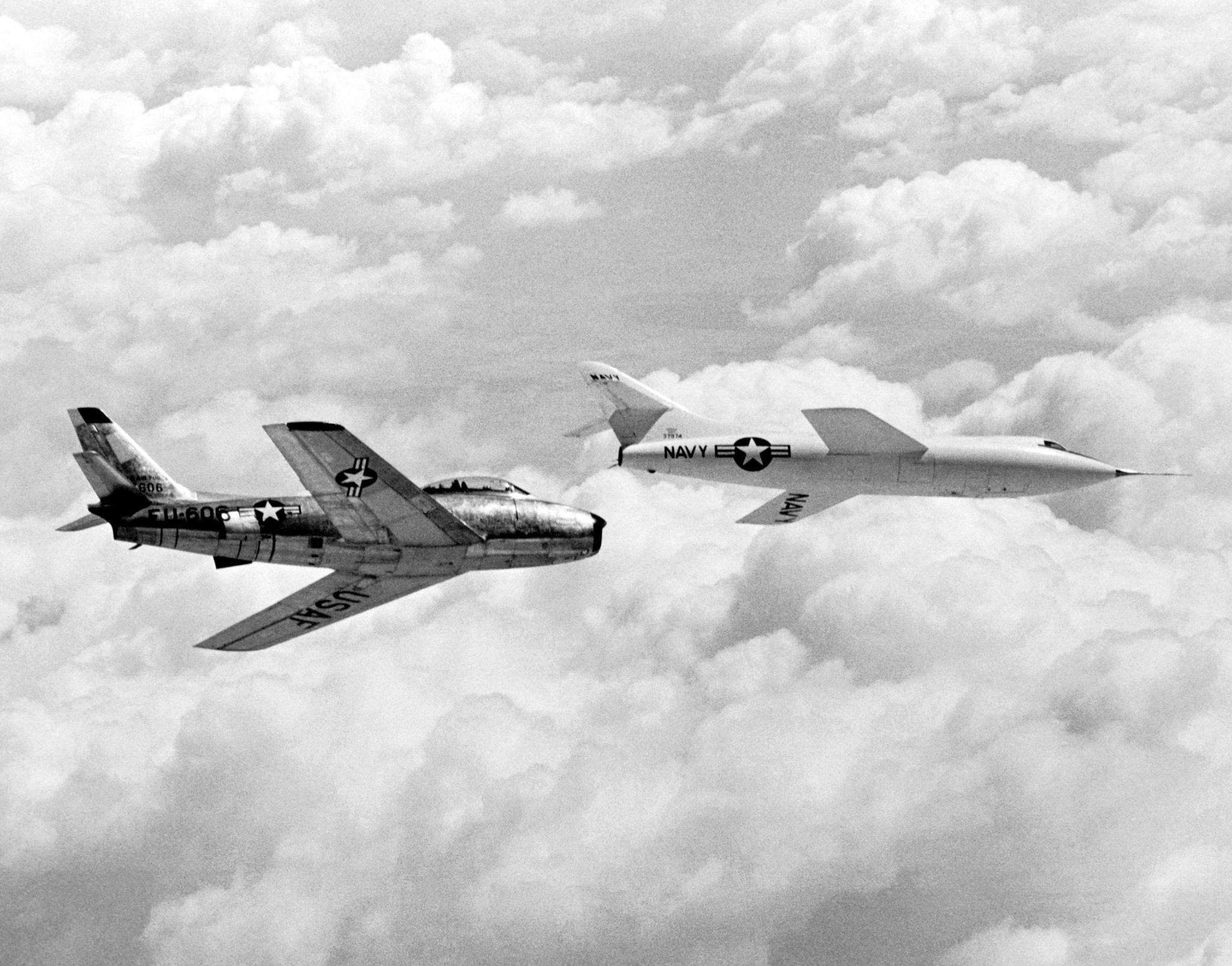
Crossfield, who died in the crash of his private plane in 2006, joined the NACA in June 1950 and spent five years flying numerous research jets and rocket planes. During that time he logged 100 rocket-powered flights, making him the single most experienced rocket pilot in the world.
He then joined North American Aviation in 1955 to serve as both test pilot and design consultant on the X-15 rocket-powered research airplane. He made 16 captive-carry and 14 free flights in the X-15, reaching Mach 2.97 – almost three times the speed of sound – on one flight.
After leaving North American in 1967 he remained a vital member of the aerospace industry, working with Eastern Air Lines and then as a technical consultant to the House Committee on Science and Technology until his retirement in 1993. He received numerous awards for his work, including the Harmon Trophy in 1960 and the Collier Trophy in 1961, and was awarded the NASA Distinguished Public Service Medal in 1993.
Throughout his life, Crossfield advocated aerospace education and created the A. Scott Crossfield Aerospace Education Teacher of the Year Award to recognize and reward teachers for outstanding accomplishments in aerospace education. Although revered for his flying exploits, Crossfield preferred to emphasize his role as a scientist.
“I am an aeronautical engineer, an aerodynamicist, and a designer,” he explained in a 1988 interview. “My flying was primarily because I felt that it was essential to designing and building better airplanes for pilots to fly.”
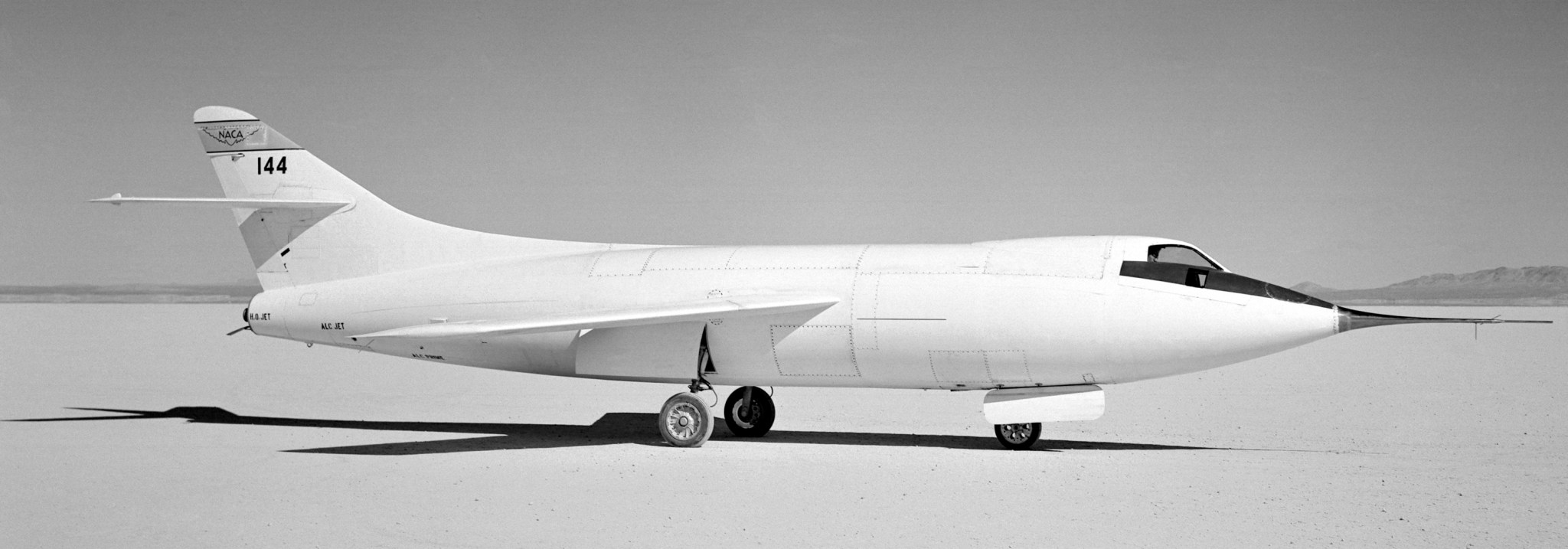
Peter Merlin, Public Affairs
NASA Dryden Flight Research Center


























